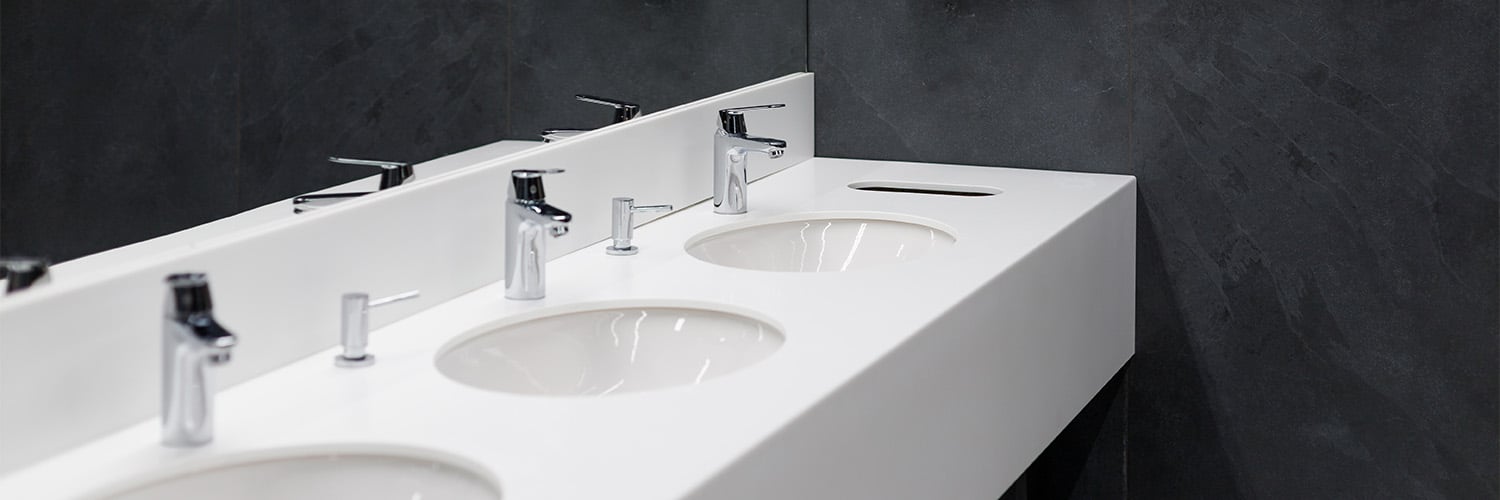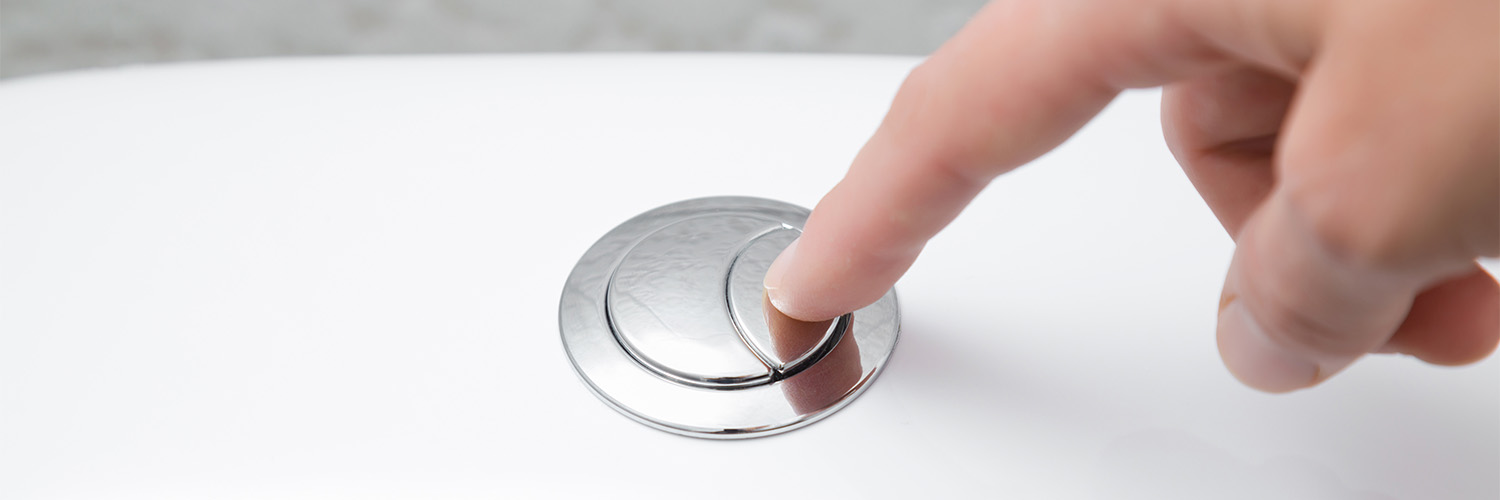
Saving water at work
Reduce costs and support the environment by improving your water efficiency.
Workplaces of all kinds rely on water. Whether it’s used in your office toilets, in a factory process or to make coffees in your café, water is something you use every day.
Water and other utility bills will add to your overheads each month, so it’s worth doing what you can to be efficient.
What’s in it for your business?
By being water efficient, you’ll enhance your environmental profile. Using less water keeps more in the natural environment where it supports wildlife.
Water treatment is an energy-intensive process so using less also cuts your carbon footprint.
There’s something in it for you, too. You’ll save on your water bills (and maybe energy bills too if you heat less water). Plus, green measures give employees and customers a feel-good factor that can boost your business.

Water efficiency is increasingly important
Population growth and climate change are putting pressure on our water system. Water companies are stepping up to increase resource, but managing demand is also a key part of the picture.
The UK Government has set a target of reducing non-household water use 15% by 2050. Businesses will be an important part of achieving this goal; make changes now and you’ll get ahead of the curve.
How do you get started?
You can save water by implementing measures one by one, but you’ll get better results if you follow a process. This might involve:
- Reviewing how you use water and gathering key information
- Identifying areas for improvement and savings
- Setting targets and a timetable for change
- Researching water-efficient technology that’s relevant to your industry
- Creating a water usage policy
- Implementing changes and appointing a water-saving champion
- Scheduling regular reviews of what’s going well and what could be better
Target kitchens and bathrooms
These are the places we tend to use the most water, so they’re a good place to start.
- Use efficient dual-flush cisterns (these can be retrofitted)
- Install low-flow tap and shower valves that give the same wash for less water
- Upgrade to water efficient toilets and urinals
- Install automatic taps
- Make sure appliances like dishwashers an washing machines are water efficient
- Use a water butt if you have outside space to keep green

Tell people why it matters
Your water-saving efforts will be more successful if people know why you’re doing it.
- Put up posters in key places like bathrooms and kitchens
- Include water efficiency in your internal communications
- Discuss water efficiency and why it’s a win-win for the environment and your profitability
Keep your building leak-free
Drips and leaks wastewater, cost you money and can damage your premises, so it’s wise to watch out for them.
- Check your system for leaks regularly – look for damp or mouldy patches
- Read your meter, wait at least an hour without using water then check again – if the reading changes, you could have a leak
- Don’t delay fixing dripping taps and leaky loos
- Know where your supply pipe and stop tap is in case you need to turn the water off
- Insulate your pipes to maximise heating efficiency and help prevent splitting
- Have a cold weather plan of what you would do if a pipe did freeze and split
